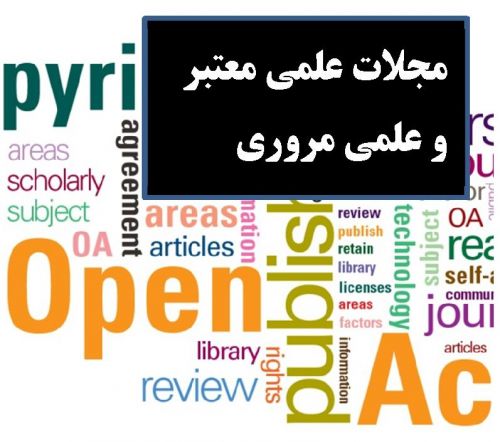With the availability of high-density marker maps and cost-effective genotyping, genomic selection(GS) methods may provide faster genetic gain than can be achieved by current selection methods based on phenotypes and the pedigree. Many schemes have been proposed for continuous traits, but methods for threshold traits are still scarce. Accuracies for breeding values were investigated for a typical dairy cattle breeding setting by using genomic and classic methods. Here we investigate some of the factors driving the accuracy of genomic selection, namely marker numbers and heritability. In classic method, we estimated true breeding value(TBV) using ASReml from univariate analysis model for threshold traits. Marker characteristics and linkage disequilibrium were obtained by simulation to achieve a mutation drift balance. Six generations with only genotypes were generated to examine accuracy changes rate over time. With h2= 0.05, accuracies for genomic and classic path ranged from 0.22 to 0.45 and 0.15 to .035 respectively. For genomic and classic methods with h2= 0.30, accuracies varied from 0.27 to 0.61 and 0.22 to 0.44 respectively. With h2= 0.80, accuracies for genomic and classic approaches ranged from 0.21 to 0.73 and 0.36 to .055 respectively. Results showed accuracies of breeding value by genomic selection were sufficiently high to implement dairy selection schemes testing in which case a data time-lag of two to three generations may be present. Using traditional method for estimating TBV resulted in reduced accuracies compared with direct genomic selection.
کلید واژگان :accuracy, genomic selection, heritability, marker ,threshold traits.
ارزش ریالی : 300000 ریال
با پرداخت الکترونیک
جزئیات مقاله
- کد شناسه : 1143858717488748
- سال انتشار : 2013
- نوع مقاله : پذیرفته شده در سایر مجلات علمی معتبر و علمی مروری و ISC
- زبان : انگلیسی
- محل پذیرش : European Journal of Zoological Research
- برگزار کنندگان :
- ISSN : 2278-7356
- تاریخ ثبت : 1394/05/12 12:02:54
- ثبت کننده : رضا بهمرام
- تعداد بازدید : 329
- تعداد فروش : 0
